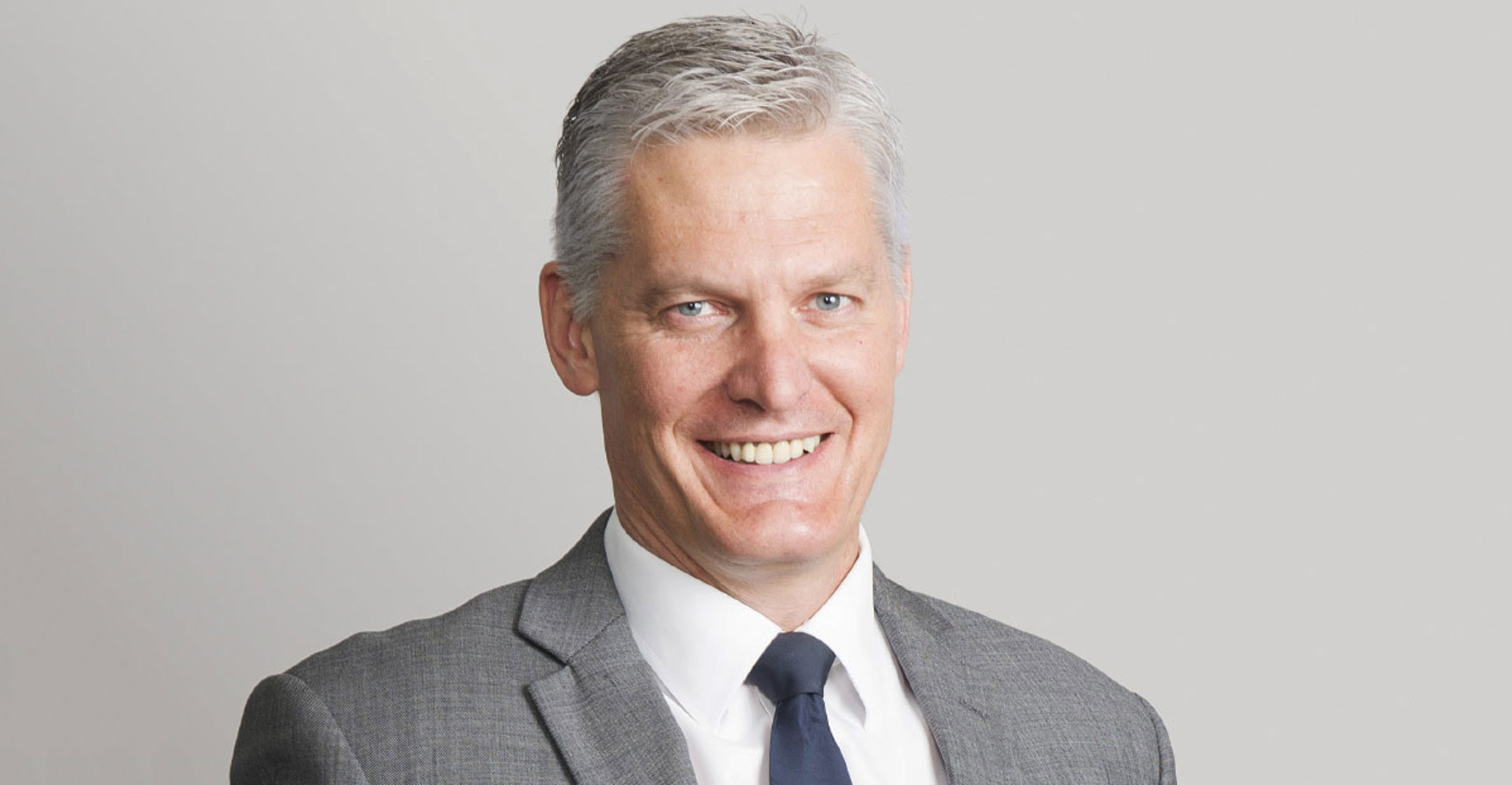
Eskom CEO André de Ruyter will this week present a draft plan to change how the utility operates, as media reported he’s considering unbundling the utility at a slower pace than envisaged by the government.
Stabilising Eskom is the government’s top priority. The company has more than R450-billion of debt and the cost of servicing those loans is higher than the revenue it’s generating. Eskom’s inability to provide a regular supply of electricity is curbing mining, manufacturing and other industrial output, and constraining economic growth.
De Ruyter, who formally took up the position earlier this month, is “taking some ideas to the board” this week, Eskom spokeswoman Dikatso Mothae said on Sunday. He will specifically discuss changing the company’s approach to operations, she said, without providing further details.
In a plan unveiled in October, public enterprises minister Pravin Gordhan set out a series of steps to restore stability to Eskom, including exposing it to greater competition, lowering fuel costs, increasing renewable energy output and selling non-core assets.
Gordhan also called for the utility to be splits into three units — power transmission, generation and distribution — with the first of those divisions to be spun off by March. That step would ease the way for private generators to supply the national grid.
De Ruyter may take longer to consider the potential effects of the unbundling, including tax implications and the company’s relationship with financiers, Rapport cited him as saying. One option being considered is to take two years to consult auditors, bankers and others to prepare for the implementation, De Ruyter told the paper.
‘Risk to privatise’
In terms of restructuring Eskom’s business, De Ruyter disagrees with finance minister Tito Mboweni that the utility should be privatised, Rapport said. “It’s a risk to privatise a so-called natural monopoly,” it quoted him as saying. Still, De Ruyter accepts the need for private investment to increase reliable electricity generation.
“We need a lot more private investments to replace our obsolete power stations,” he said. “Not necessarily just with renewable energy, but with all sources that make sense.” — Reported by Paul Burkhardt, with assistance from Rene Vollgraaff, (c) 2020 Bloomberg LP




